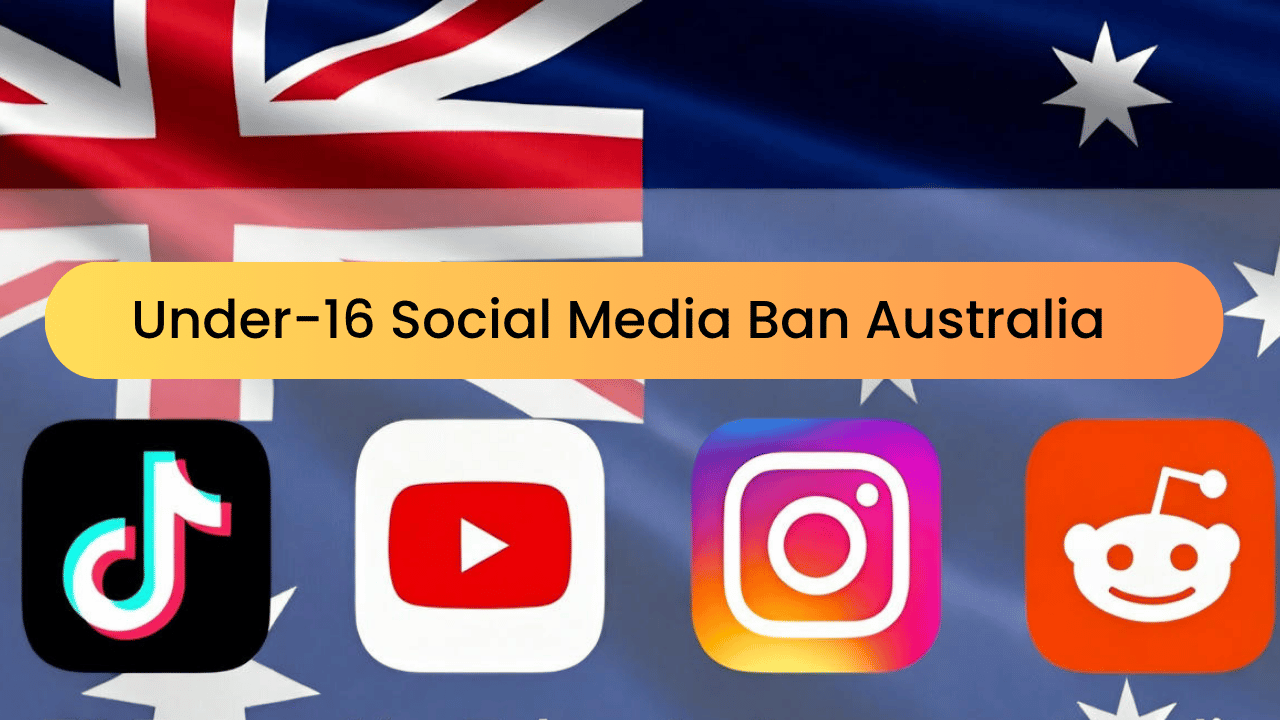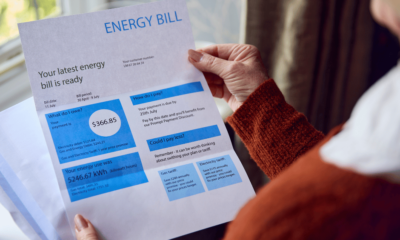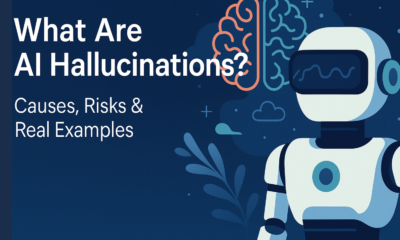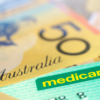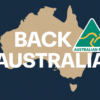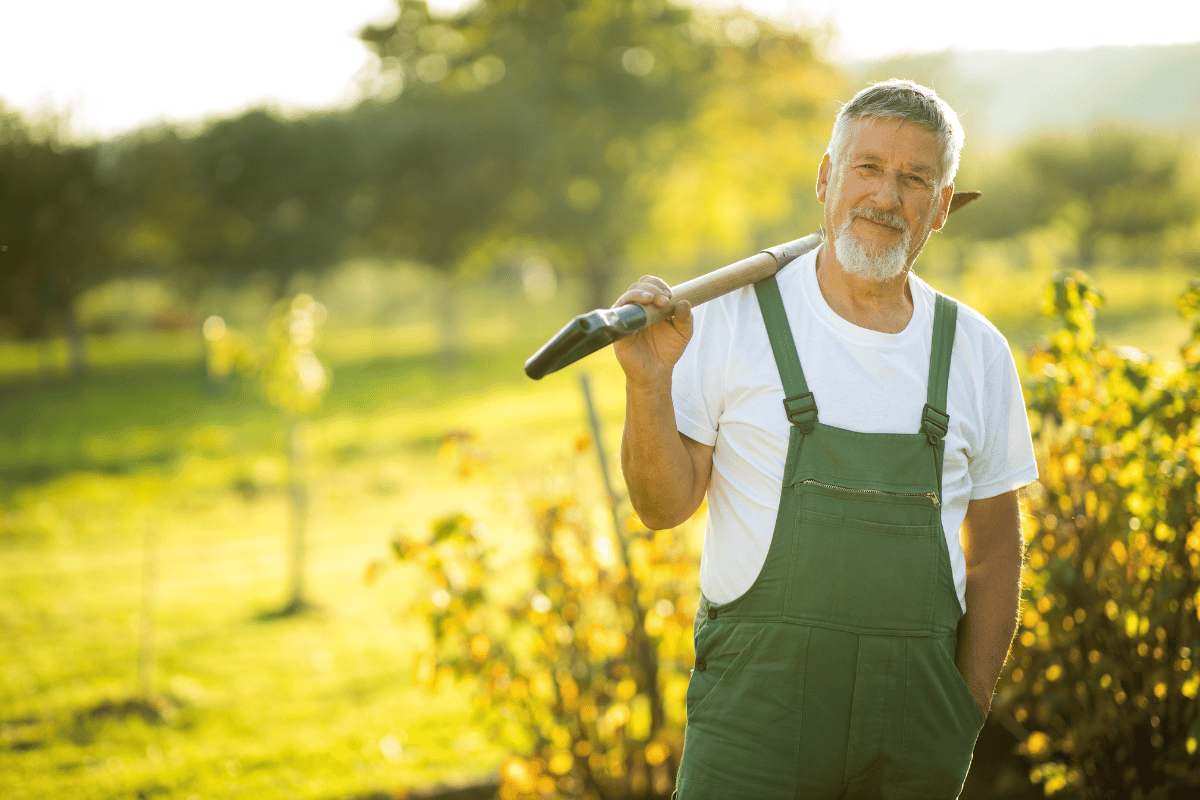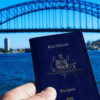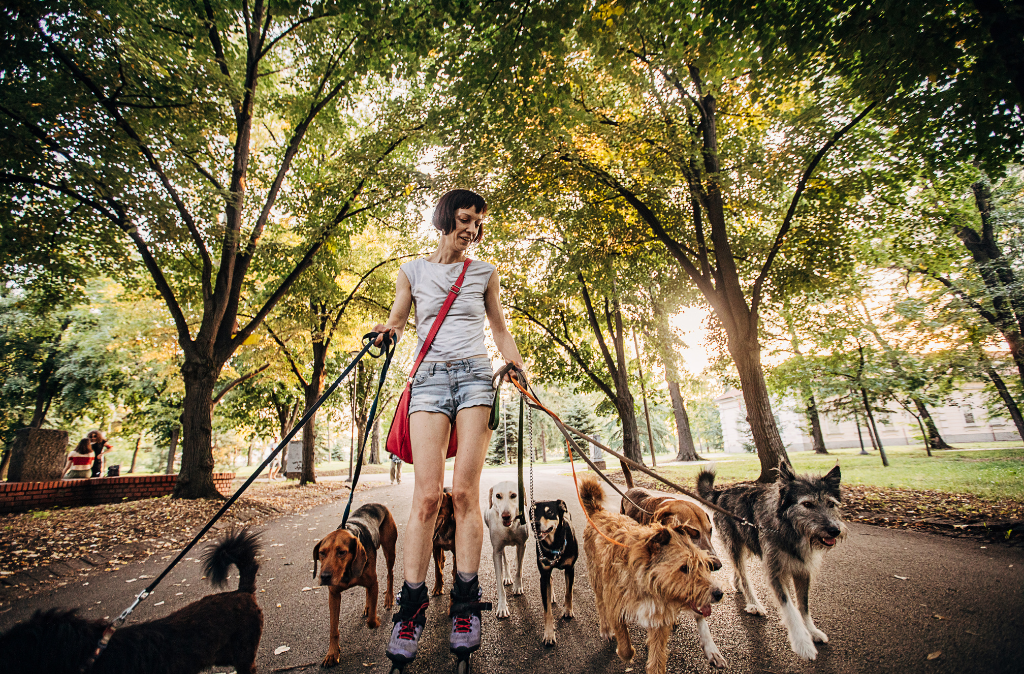Misc
Australia’s Under-16 Social Media Ban: What It Means for Families & Platforms
From December 2025, teenagers under the age of 16 setting up a TikTok, Instagram, or YouTube account in Australia may face new roadblocks. In a global first, Australia has passed a groundbreaking law — the under 16 social media ban Australia — that prohibits children under 16 from using major social media platforms, holding tech giants responsible for enforcing the rules.
The Online Safety Amendment (Social Media Minimum Age) Act 2024 marks one of the most significant shifts in digital regulation to date. Platforms that fail to take “reasonable steps” to prevent under-16s from accessing their services could face fines of up to A$49.5 million.
This law isn’t just a headline; it’s a complete rethinking of how Australia manages online safety, youth wellbeing, and corporate accountability in the digital age. Here’s what every parent, teenager, and platform needs to know.
Quick Summary
- • The law bans under-16s from using age-restricted social media platforms.
- • It takes effect in December 2025.
- • Platforms face fines up to A$49.5 million for non-compliance.
- • Covered platforms include Facebook, Instagram, TikTok, YouTube, X (Twitter), Reddit, and Kick.
- • Platforms must find “reasonable” ways to verify users’ ages — but cannot force government digital IDs.
What the Law Requires
The law places the burden squarely on social media platforms. They must prevent anyone under 16 from creating an account or using an existing one on “age-restricted” services.
According to the Australian Government, this is the first time globally that such a nationwide restriction has been legally enforced. The Prime Minister’s Office describes it as “a vital step to protect our kids online” and part of a broader strategy to make Australia “the safest place in the world to be online.”
Failure to comply could see companies hit with penalties up to A$49.5 million or 5 % of annual global turnover — whichever is greater.
Initially, the law applied to Facebook, Instagram, TikTok, and X (formerly Twitter). The list has since expanded to include Reddit, Kick, and YouTube, following a government update in mid-2025 that classified YouTube as an under the new law. The expansion reflects the legislation’s “dynamic list” approach, allowing regulators to add more platforms as online trends evolve.
The law gives platforms up to 12 months to adapt — meaning implementation and enforcement are expected from December 10 2025.
Why the Under-16 Social Media Ban Australia Was Introduced
The under 16 social media ban Australia was introduced in response to growing concerns about how early exposure to social media affects young people’s mental health and safety online.
Studies have repeatedly linked excessive social-media use to anxiety, depression, and body-image issues among young people. Government research found that Australian children as young as 10 years old were actively using TikTok, Instagram, and YouTube — often without parental consent.
The Minister for Communications stated that the goal is “not to ban kids from the internet, but to keep them safe from harmful algorithms, predators, and addictive design.”
Cyberbullying, exposure to adult content, and the addictive nature of endless scrolling were all cited as reasons for intervention. According to the University of Sydney, Australia’s approach reflects a growing global movement demanding “real accountability from social-media companies that profit from children’s attention.”
How the Ban Impacts Families
For parents and guardians, this law introduces both relief and new responsibilities.
Many families welcome the move, viewing it as a safeguard against early exposure to toxic online spaces. Parents now have government backing in setting digital boundaries, making it easier to enforce “no social-media before 16” rules at home.
However, there’s also concern about how enforcement will work in practice. Since platforms can’t require digital IDs, age verification will likely depend on new forms of AI-based age estimation, parental-consent mechanisms, or digital-age-assurance systems.
Families are advised to:
- Review current accounts: delete or disable under-16 profiles before the deadline.
- Have open conversations about online privacy, peer pressure, and alternative digital activities.
- Stay informed about which apps are covered by the ban (the list will continue to grow).
For teenagers who use social media — or YouTube — for creative expression, study groups, or social connection, the ban could be disruptive. Many may shift toward chat apps, gaming platforms, or smaller networks not yet classified as “age-restricted.” Experts warn this could create new blind spots for parents and regulators alike.
Impact on Social Media Platforms
For major platforms, this law presents a massive compliance challenge.
They must prove they are taking “reasonable steps” to restrict access without breaching privacy rights. That may include:
- AI-driven age estimation using profile photos or engagement data.
- Parental-consent systems similar to those already used in children’s apps.
- Stricter sign-up procedures and enhanced reporting tools for underage users.
Platforms like Reddit and Kick, which were recently added to the list, have expressed concern about how to implement these measures without alienating users or collecting excessive personal data. YouTube has also faced scrutiny from experts who warn its inclusion could “create more risk, not less” if verification systems mishandle user data.
Some experts argue that this will raise costs for smaller companies and could even reduce competition if only large platforms can afford full compliance.
On the flip side, the move could pressure global tech giants to rethink youth-protection policies worldwide, setting a new regulatory precedent.
Unintended Consequences and Concerns
While many hail the law as a step forward, critics warn that it could push younger users toward unregulated or anonymous online spaces, including VPN-based accounts or less-monitored apps.
Digital-rights advocates also question whether the ban infringes on freedom of communication and expression for older teens who use social media or YouTube responsibly.
There are also privacy implications: age-verification technologies, if not properly managed, could expose users to data-collection risks. The government insists the law prohibits the use of mandatory Digital IDs, but implementation details remain unclear.
What Happens Next
The Australian Government has given platforms a transition period to develop compliant systems and prove their “reasonable steps.” In the meantime, public-education campaigns are expected to roll out, helping parents and teenagers understand what’s changing.
Experts predict that Australia’s move could influence international policy, with other countries — including the UK, Canada, and the US — watching closely.
By mid-2026, regulators will review the impact of the ban and its effectiveness in reducing youth exposure to online harms.
Conclusion
The under 16 social media ban Australia — now officially including YouTube — is more than a legal reform; it’s a statement about the kind of digital world the country wants for its next generation.
By forcing tech giants to take real responsibility for who uses their platforms, Australia is testing whether governments can meaningfully balance youth safety, privacy, and digital freedom.
For families, this is the time to prepare.
For platforms, the countdown has begun.
FAQs
Q1: Which platforms are affected by Australia’s under-16 social-media ban?
As of November 2025, the law applies to Facebook, Instagram, TikTok, YouTube, X (formerly Twitter), Reddit, Kick, Snapchat, and Threads. These are officially classified as age-restricted social media platforms by the eSafety Commissioner under the Online Safety Amendment (Social Media Minimum Age) Act 2024.
Q2: Are under-16s banned from watching YouTube videos or just from having an account?
A: The law does not completely ban under-16s from viewing public content on social media or video platforms. It specifically restricts them from creating or holding an account on any service classified as an age-restricted social media platform.
That means young users under 16 cannot sign up, log in, post, comment, like, share, or upload content on platforms such as YouTube, TikTok, Instagram, Facebook, X (formerly Twitter), Snapchat, Threads, Reddit, or Kick.
However, they can still passively view publicly available content — for example, watching YouTube videos or browsing TikTok clips without being logged in. The legal responsibility falls on the platforms to block account access and interaction features for users under 16, not to restrict passive viewing.
This approach is designed to protect children from data collection, targeted advertising, and online interaction risks, while still allowing access to educational or entertainment content that doesn’t require login.
Q3: When will the ban take effect?
The law takes effect on December 10 2025, allowing platforms up to one year to comply.
Q4: How will age verification work?
Platforms must find “reasonable” ways to verify users’ ages without requiring government digital IDs — likely through AI estimation, parental-consent systems, or new digital-assurance technologies.
Hi, I’m Ankush. Based in Port Lincoln, South Australia, I hold a Bachelor of Science and a Bachelor of Education (Middle & Secondary) from the University of South Australia, graduating in 2008. With several years of experience as a high school and secondary teacher, I’ve combined my passion for technology and finance to drive innovation in the on-demand service industry. As the founder of Orderoo, I’m committed to leveraging technology to simplify everyday tasks and enhance accessibility to essential services across Australia. My focus remains on exploring new opportunities to expand and improve these solutions, ensuring they meet the evolving needs of users and service providers alike.


